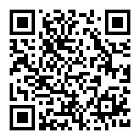ISO 11648-2-2001 塊材料抽樣的統計方面 第2部分:顆粒材料的抽樣
作者:百檢網 時間:2021-08-02
標準號:ISO 11648-2-2001
中文標準名稱:塊材料抽樣的統計方面 第2部分:顆粒材料的抽樣
英文標準名稱:Statistical aspects of sampling from bulk materials - Part 2: Sampling of particulate materials
標準類型:A82
發布日期:1999/12/31 12:00:00
實施日期:1999/12/31 12:00:00
中國標準分類號:A82
國際標準分類號:03.120.30
適用范圍:This part of ISO 11648 establishes the basic methods for sampling participate materials in bulk (e.g. ores, mineral concentrates, coal, industrial chemicals in powder or granular form, and agricultural products such as grain) from moving streams and stationary situations, including stopped-belt sampling, to provide samples for measuring one or more variables in an unbiased manner and with a known degree of precision. The variables are measured by chemical analysis and/or physical testing. These sampling methods are applicable to materials that require inspection to verify compliance with product specifications or contract settlements, to calculate the value of the lot mean of a measurable quantity as a basis for settlement between trading partners, or to estimate the set of variables and variances that describes a system or procedure. Stopped-belt sampling is the reference method against which other sampling procedures are compared. Dynamic sampling from moving streams is the preferred method whereby a sampling device (called a cutter) is passed through the stream of the particulate material. A complete cross-section of the moving stream can be removed as a primary increment at a conveyor belt transfer point with a falling-stream cutter, or removed from the belt with a cross-belt cutter. In both cases, the selection and extraction of increments can be described by a one-dimensionai dynamic sampling model. Static sampling of bulk material from stationary situations, such as stockpiles, rail or road wagons, the holds of ships and barges, silos, and even comparatively small volumes, is used only where sampling from moving streams is not possible. Such sampling from three-dimensional lots is prone to systematic errors, because some parts of the lot usually have reduced or no chance of being collected for the gross sample. This is in violation of the requirement of the three-dimensional sampling model that all parts have an equal probability of being collected. The procedures described in this part of ISO 11648 for sampling from stationary lots of bulk particulate material with implements such as mechanical augers merely minimize some of the systematic sampling errors. For these reasons, this part of ISO 11648 is primarily concerned with dynamic sampling from moving streams or stopped-belt static sampling from conveyor belts and is based on a sampling model for one-dimensional lots. Nonetheless, procedures for static sampling from three-dimensional lots are provided where these situations cannot be avoided. This part of ISO 11648 is concerned with the methods of sampling particulate materials in bulk with the objective of obtaining unbiased measurements of one or more variables of the material with a known degree of precision. However, it does not provide methods for deciding whether to accept or reject a bulk material lot with specified degrees of risk of accepting a sub-standard lot, or of rejecting what is in fact an acceptable lot. These latter procedures are usually called acceptance sampling or sampling inspection methods.
中文標準名稱:塊材料抽樣的統計方面 第2部分:顆粒材料的抽樣
英文標準名稱:Statistical aspects of sampling from bulk materials - Part 2: Sampling of particulate materials
標準類型:A82
發布日期:1999/12/31 12:00:00
實施日期:1999/12/31 12:00:00
中國標準分類號:A82
國際標準分類號:03.120.30
適用范圍:This part of ISO 11648 establishes the basic methods for sampling participate materials in bulk (e.g. ores, mineral concentrates, coal, industrial chemicals in powder or granular form, and agricultural products such as grain) from moving streams and stationary situations, including stopped-belt sampling, to provide samples for measuring one or more variables in an unbiased manner and with a known degree of precision. The variables are measured by chemical analysis and/or physical testing. These sampling methods are applicable to materials that require inspection to verify compliance with product specifications or contract settlements, to calculate the value of the lot mean of a measurable quantity as a basis for settlement between trading partners, or to estimate the set of variables and variances that describes a system or procedure. Stopped-belt sampling is the reference method against which other sampling procedures are compared. Dynamic sampling from moving streams is the preferred method whereby a sampling device (called a cutter) is passed through the stream of the particulate material. A complete cross-section of the moving stream can be removed as a primary increment at a conveyor belt transfer point with a falling-stream cutter, or removed from the belt with a cross-belt cutter. In both cases, the selection and extraction of increments can be described by a one-dimensionai dynamic sampling model. Static sampling of bulk material from stationary situations, such as stockpiles, rail or road wagons, the holds of ships and barges, silos, and even comparatively small volumes, is used only where sampling from moving streams is not possible. Such sampling from three-dimensional lots is prone to systematic errors, because some parts of the lot usually have reduced or no chance of being collected for the gross sample. This is in violation of the requirement of the three-dimensional sampling model that all parts have an equal probability of being collected. The procedures described in this part of ISO 11648 for sampling from stationary lots of bulk particulate material with implements such as mechanical augers merely minimize some of the systematic sampling errors. For these reasons, this part of ISO 11648 is primarily concerned with dynamic sampling from moving streams or stopped-belt static sampling from conveyor belts and is based on a sampling model for one-dimensional lots. Nonetheless, procedures for static sampling from three-dimensional lots are provided where these situations cannot be avoided. This part of ISO 11648 is concerned with the methods of sampling particulate materials in bulk with the objective of obtaining unbiased measurements of one or more variables of the material with a known degree of precision. However, it does not provide methods for deciding whether to accept or reject a bulk material lot with specified degrees of risk of accepting a sub-standard lot, or of rejecting what is in fact an acceptable lot. These latter procedures are usually called acceptance sampling or sampling inspection methods.
相關標準
《GB/T30157-2013》紡織品 總鉛和總鎘含量的測定
《GB/T17593.2-2007》紡織品 重金屬的測定 第2部分:電感耦合等離子體原子發射光譜法
《EN16128:2011》與皮膚長時間緊密接觸的眼鏡架和太陽鏡的組件的鎳釋放量參考試驗方法
《EN1811-2011+A1:2015》直接長期接觸皮膚的產品中鎳釋放的測試方法
《GB/T17593.4-2006》紡織品 重金屬的測定 第4部分 砷、汞原子熒光分光光度法
《GB/T20386-2006》紡織品 鄰苯基苯酚的測定
《EN12472:2005》涂層部件鎳釋放量的檢測用磨損和腐蝕的模擬方法
《GB/T17593.3-2006》紡織品 重金屬的測定 第3部分六價鉻 分光光度法
《GB/T18412.2-2006》紡織品 農藥殘留量的測定 第2部分:有機氯農藥
《GB/T20387-2006》紡織品 多氯聯苯的測定
《GB/T17593.2-2007》紡織品 重金屬的測定 第2部分:電感耦合等離子體原子發射光譜法
《EN16128:2011》與皮膚長時間緊密接觸的眼鏡架和太陽鏡的組件的鎳釋放量參考試驗方法
《EN1811-2011+A1:2015》直接長期接觸皮膚的產品中鎳釋放的測試方法
《GB/T17593.4-2006》紡織品 重金屬的測定 第4部分 砷、汞原子熒光分光光度法
《GB/T20386-2006》紡織品 鄰苯基苯酚的測定
《EN12472:2005》涂層部件鎳釋放量的檢測用磨損和腐蝕的模擬方法
《GB/T17593.3-2006》紡織品 重金屬的測定 第3部分六價鉻 分光光度法
《GB/T18412.2-2006》紡織品 農藥殘留量的測定 第2部分:有機氯農藥
《GB/T20387-2006》紡織品 多氯聯苯的測定
百檢網專注于為第三方檢測機構以及中小微企業搭建互聯網+檢測電商服務平臺,是一個創新模式的檢驗檢測服務網站。百檢網致力于為企業提供便捷、高效的檢測服務,簡化檢測流程,提升檢測服務效率,利用互聯網+檢測電商,為客戶提供多樣化選擇,從根本上降低檢測成本提升時間效率,打破行業壁壘,打造出行業創新的檢測平臺。
百檢能給您帶來哪些改變?
1、檢測行業全覆蓋,滿足不同的檢測;
2、實驗室全覆蓋,就近分配本地化檢測;
3、工程師一對一服務,讓檢測更精準;
4、免費初檢,初檢不收取檢測費用;
5、自助下單 快遞免費上門取樣;
6、周期短,費用低,服務周到;
7、擁有CMA、CNAS、CAL等權威資質;
8、檢測報告權威有效、中國通用;
客戶案例展示
相關商品
相關資訊

暫無相關資訊
最新資訊
版權與免責聲明
①本網注名來源于“互聯網”的所有作品,版權歸原作者或者來源機構所有,如果有涉及作品內容、版權等問題,請在作品發表之日起一個月內與本網聯系,聯系郵箱service@baijiantest.com,否則視為默認百檢網有權進行轉載。
②本網注名來源于“百檢網”的所有作品,版權歸百檢網所有,未經本網授權不得轉載、摘編或利用其它方式使用。想要轉載本網作品,請聯系:service@baijiantest.com。已獲本網授權的作品,應在授權范圍內使用,并注明"來源:百檢網"。違者本網將追究相關法律責任。
③本網所載作品僅代表作者獨立觀點,不代表百檢立場,用戶需作出獨立判斷,如有異議或投訴,請聯系service@baijiantest.com



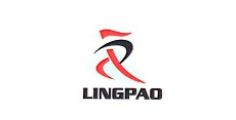
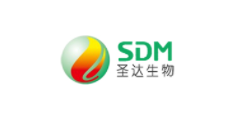
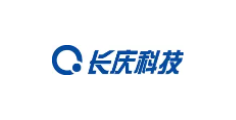

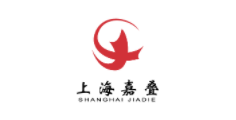
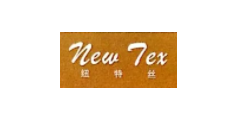
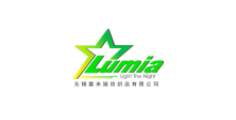
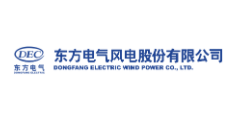
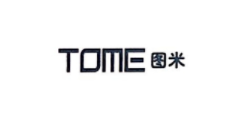

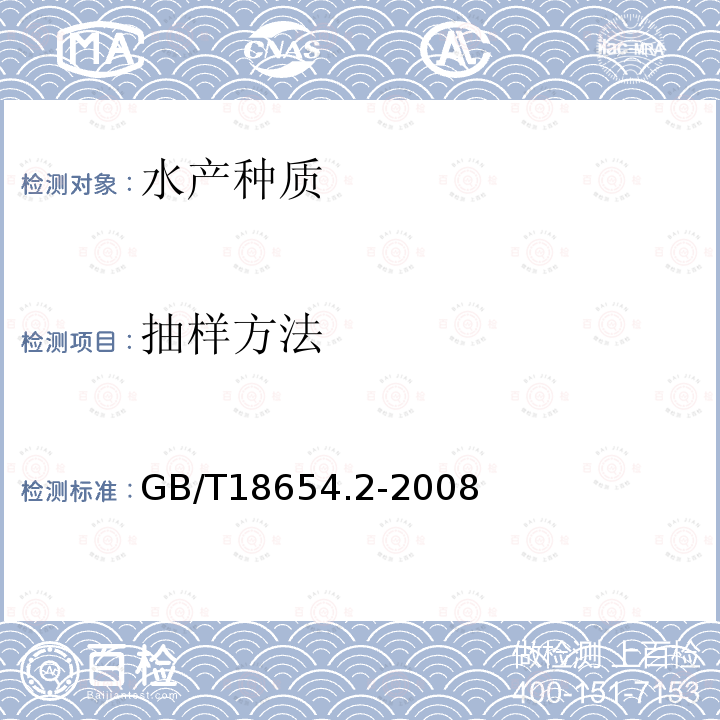
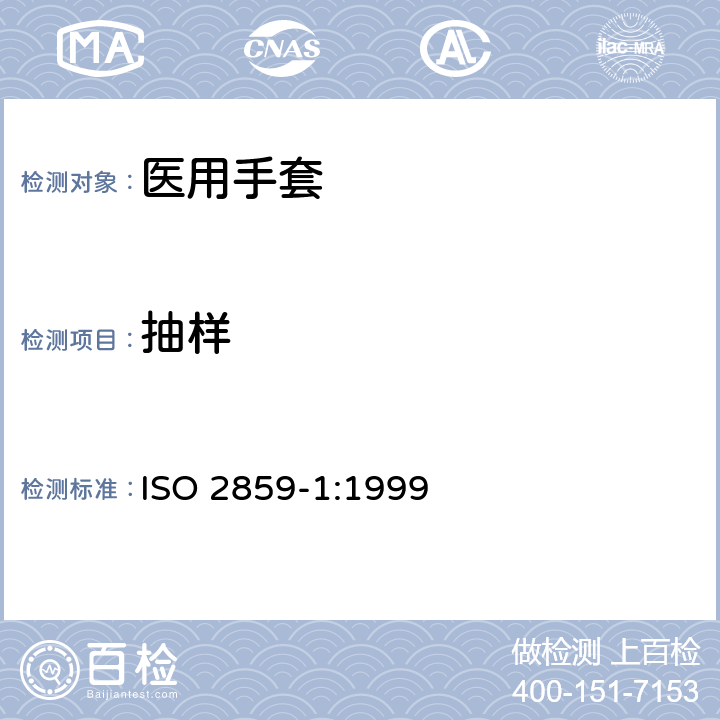
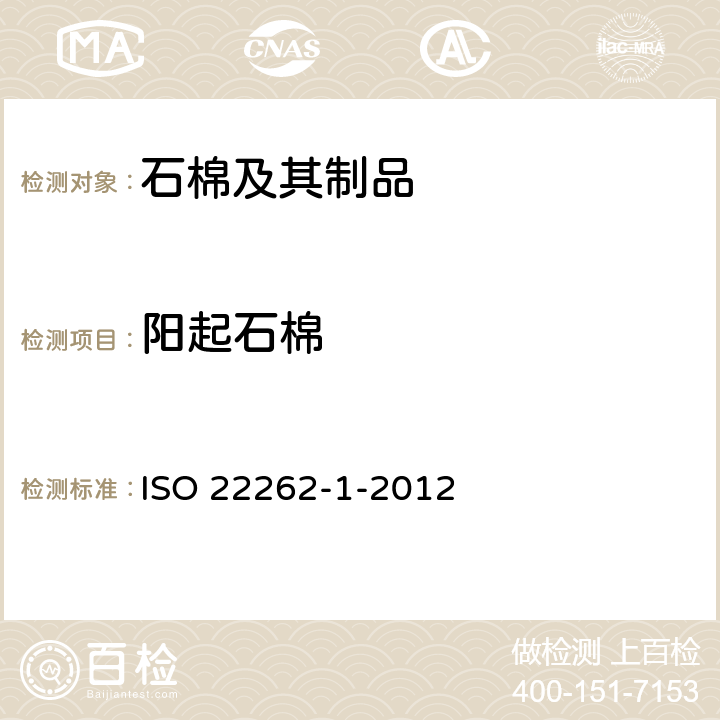
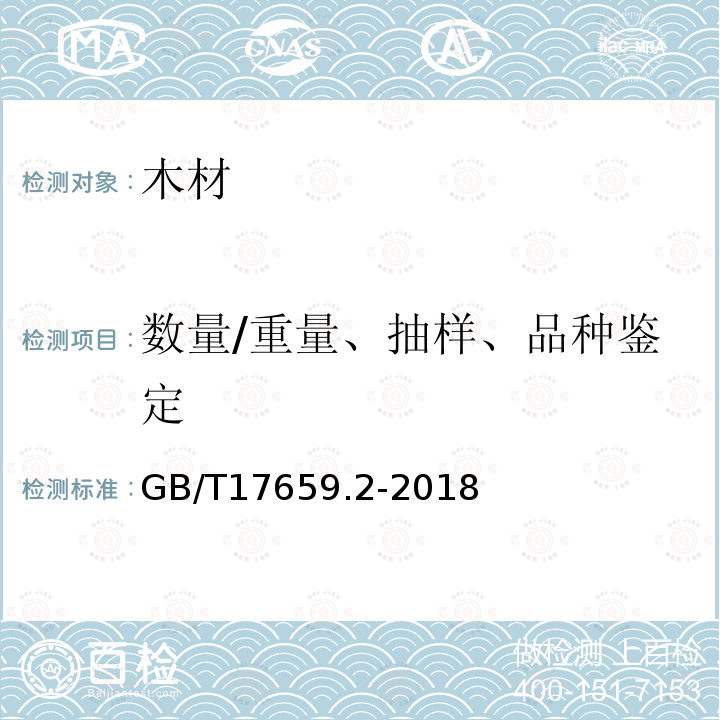
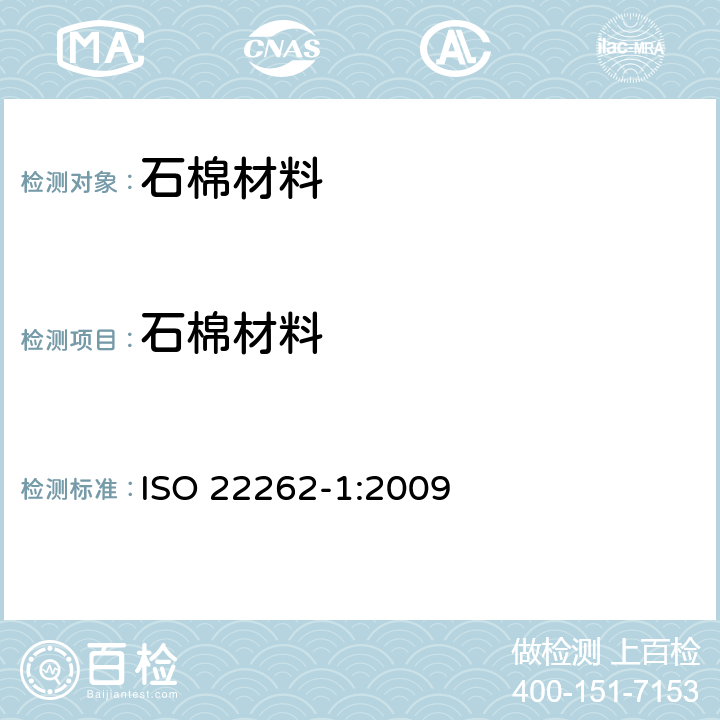

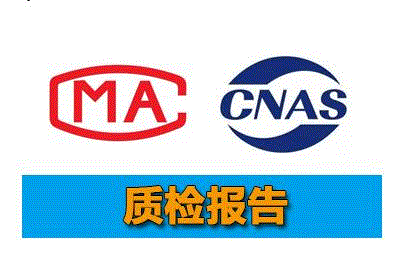
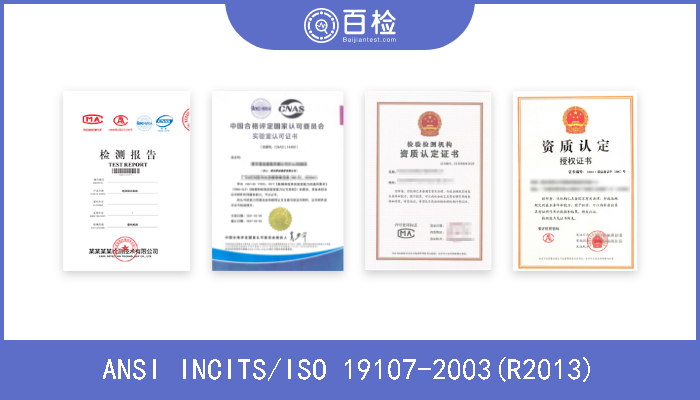
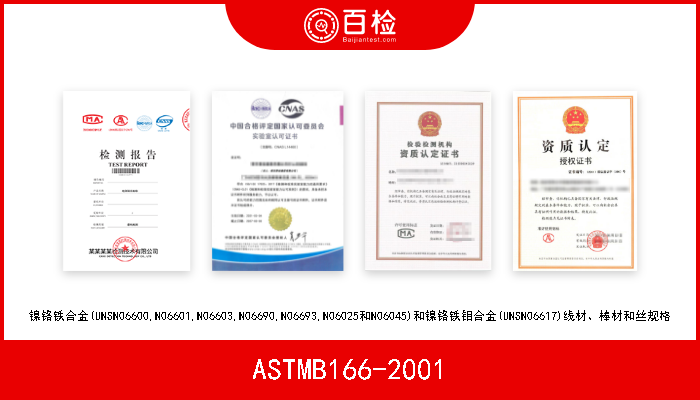
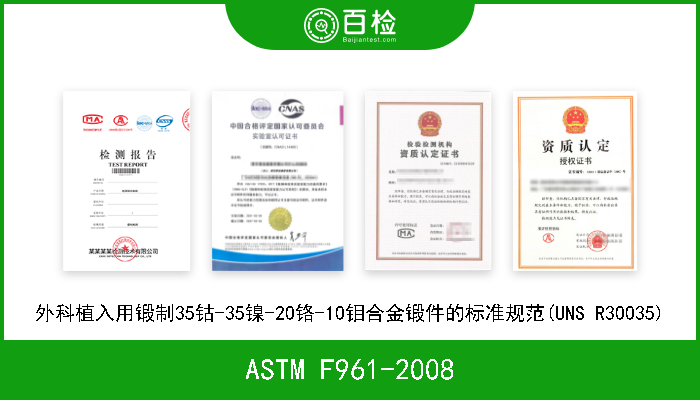
.png)
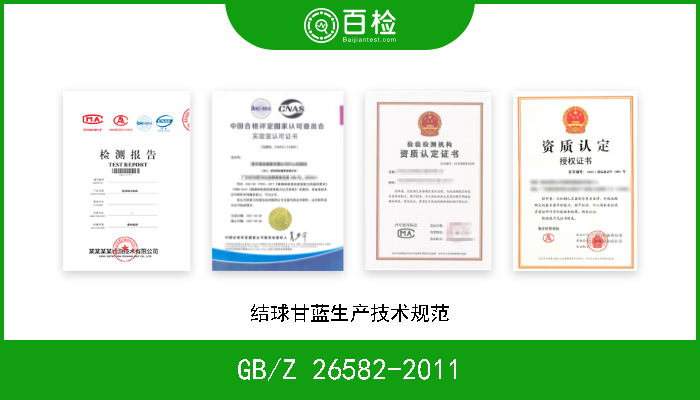
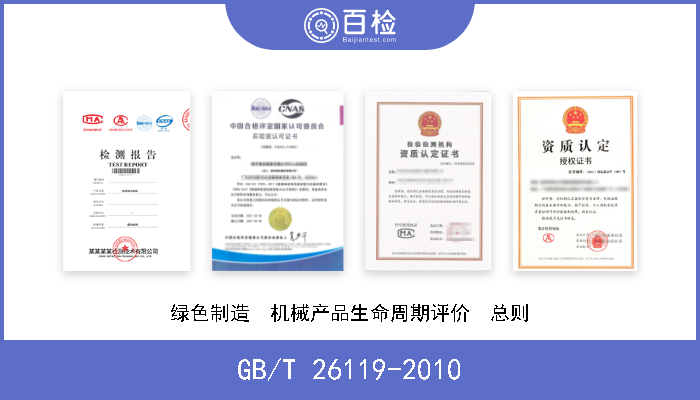
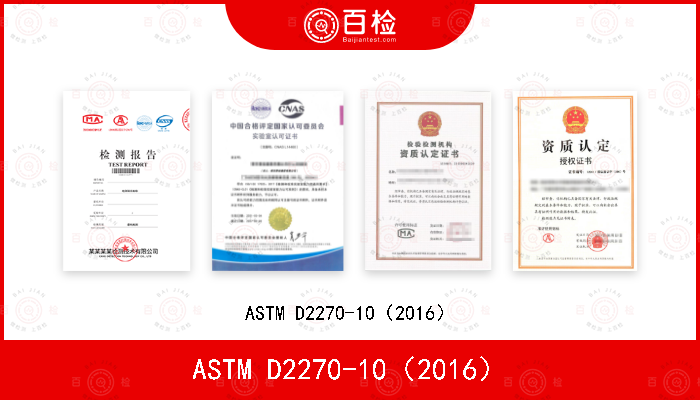
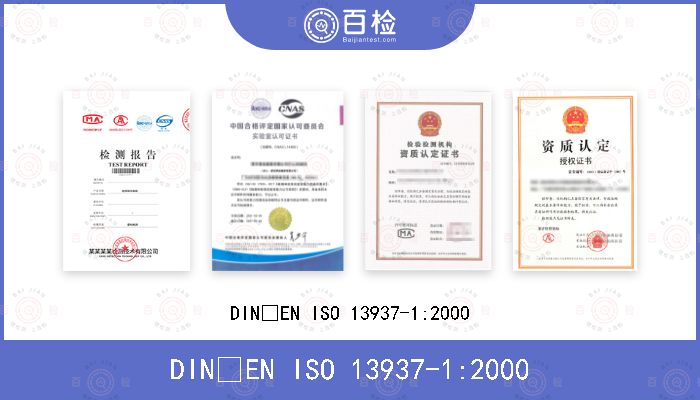
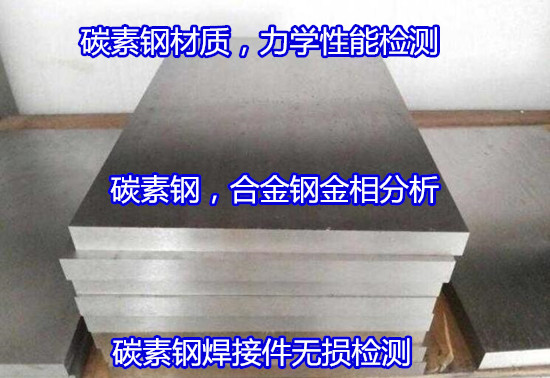



 400-101-7153
400-101-7153 15201733840
15201733840